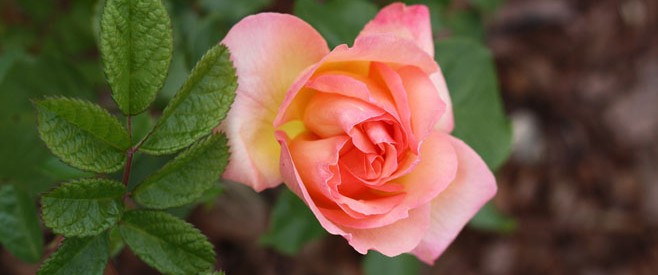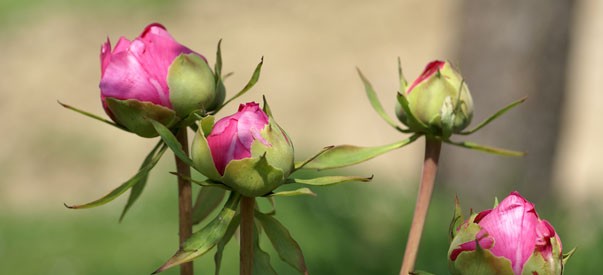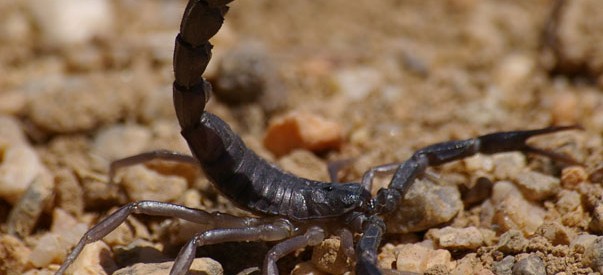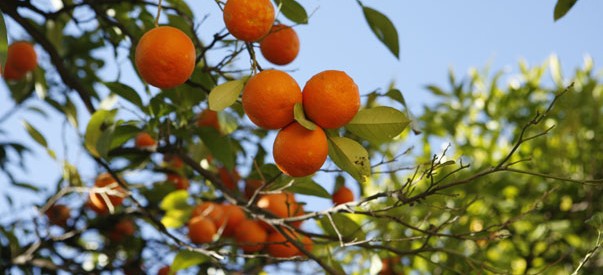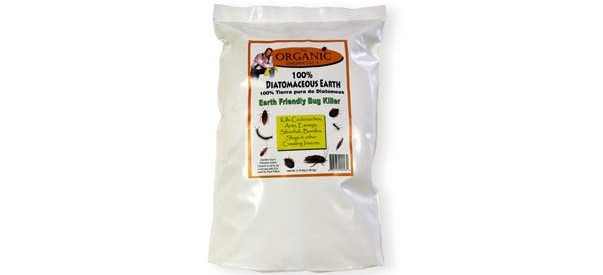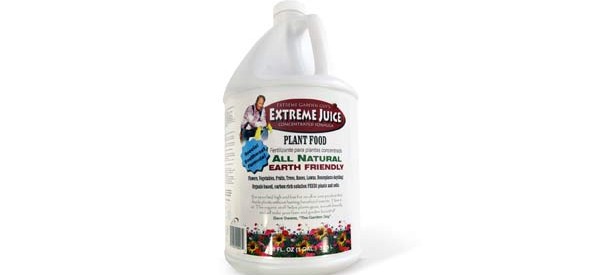Your cart is empty
Garden Guy Recipes for Getting Rid of Insects

My top four favorite bug killing DIY solutions that I use in my home & garden Food Grade Diatomaceous Earth Diatomaceaous Earth (DE) is a single-celled organism and is a chalk-like powder that is made up entirely of these diatoms that have fossilized over thousands of years. While Food Grade DE is safe to use on humans, it is harmful to insects and contains no toxins of any kind. It … Read More →

